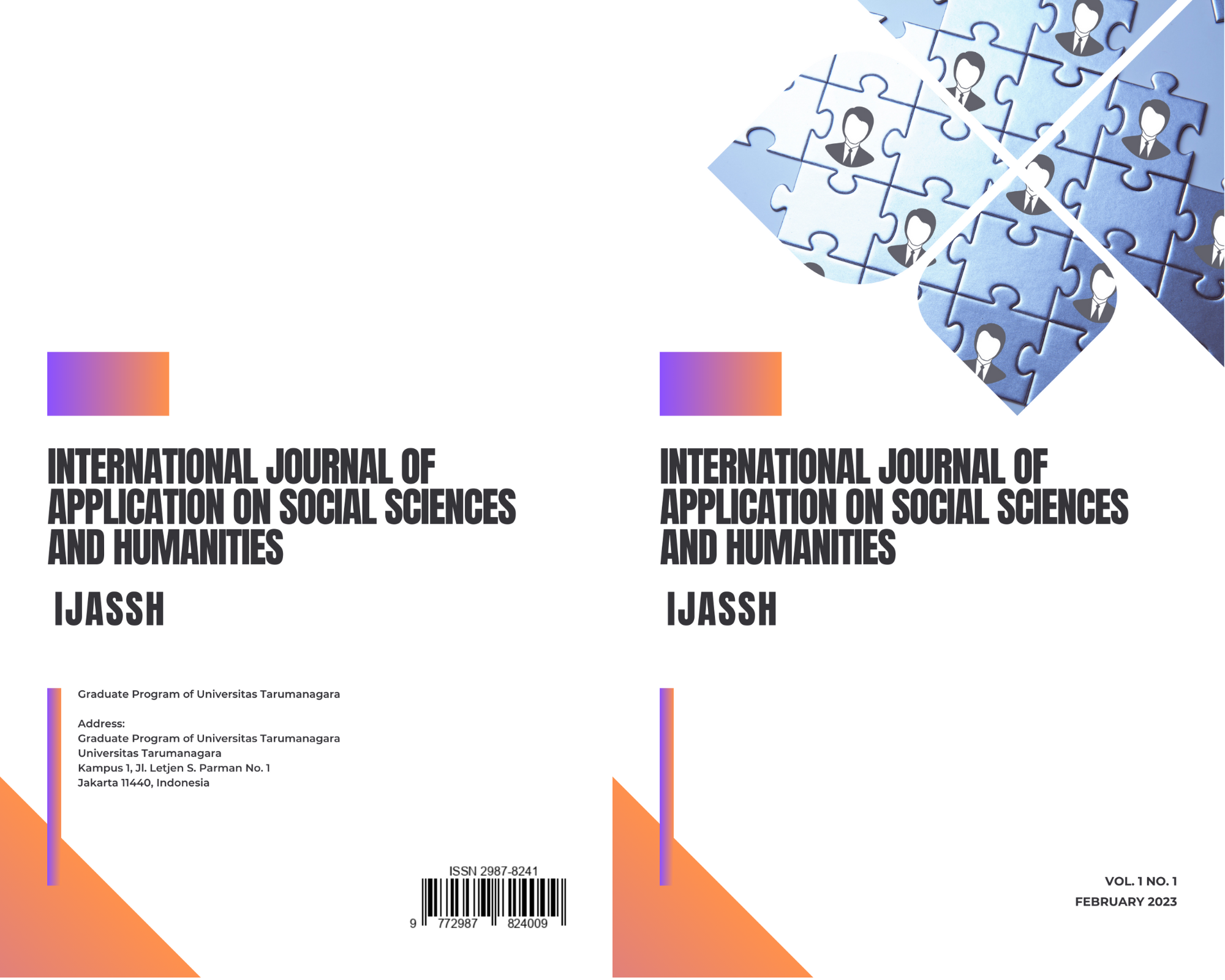NON-VERBAL SELF-DISCLOSURE OF SEXUAL ASSAULT SURVIVORS IN MOVIES “SILENCED” AND “27 STEPS OF MAY”
Main Article Content
Abstract
Sexual violence against women and children is still a social problem that is troubling society today. Records show that sexual violence reached 3,122 cases in 2021 and it reached the highest rate of 11,637 cases in 2020 based on the report from the Ministry of Women's Empowerment and Child Protection (KemenPPPA). Many parties are aware of the difficulty of the sexual violence survivors to share their experiences, so several parties have taken the initiative to make films based on true stories of survivors of sexual violence, such as the film “Silenced” and “27 Steps of May”. The theory used in this research is the theory of non-verbal communication and self-disclosure. The author uses a qualitative research approach and phenomenological methods. The research data were obtained through literature study, non-participant observation, and documentation by selecting scenes related to the research. The results showed that individuals or groups of survivors of sexual violence who have physical limitations or mental disorders who cannot communicate verbally can still do self-disclosure in order to obtain justice and self-recovery from past trauma. Survivors of sexual violence who cannot communicate verbally can disclose themselves using non-verbal communication in the form of sign language, facial expressions, haptics (touch), body language, and the use of objects. The purpose of the research is want to know the self-disclosure made by survivors of sexual violence through non-verbal messages in the movies “Silenced” and “27 Steps of May”.
Article Details

This work is licensed under a Creative Commons Attribution-NonCommercial-ShareAlike 4.0 International License.
References
Anggito, A. & Setiawan, J. (2018). Metodologi penelitian kualitatif, Sukabumi: CV Jejak.
Arni, M. (2005). Komunikasi Organisasi, Jakarta: Bumi Aksara, 2005.
DeVito, A. J. (2011). Komunikasi antarmanusia, Tangerang Selatan: Karisma Publishing Group.
Ditha, P. (2016). Fenomena perilaku remaja broken home di SMA Bpi kota bandung. Universitas Pasundan Institusional Repositories & Scientific Journals.
Gunawan, I. (2013). Metode penelitian kualitatif teori dan praktik, Jakarta: PT. Bumi Aksara.
Kathina, A. (2020, Maret 20). Penyintas kekerasan seksual. Angsamerah http://www.angsamerah.com/penyintas-kekerasan-seksual/.
Kementerian Pemberdayaan Perempuan dan Perlindungan Anak Republik Indonesia. (2021, Juni 4). Upaya Kemen PPPA wujudkan penanganan kasus kekerasan terhadap anak secara utuh. https://kemenpppa.go.id/index.php/page/read/29/3220/upaya-kemen-pppa-wujudkan-penanganan-kasus-kekerasan-terhadap-anak-secara-utuh.
Merrick, M., Mellisa, Bashile, K., Zhang, X., Smith, S. & Kresnow. M, (2018). Characterizing Sexual Violence Victimization in Youth: 2012 National Intimate Partner and Sexual Violence Survey,” American Journal of Preventive Medicine, 54(4).
Mulyana, D. (2005). Ilmu Komunikasi Suatu Pengantar, Bandung: PT. Remaja Rosdakarya.
Strauss, A. & Corbin, J. (2013). Dasar-dasar penelitian kualitatif tata langkah dan teknik-teknik teoritisasi data, Yogyakarta: Pustaka Pelajar.



